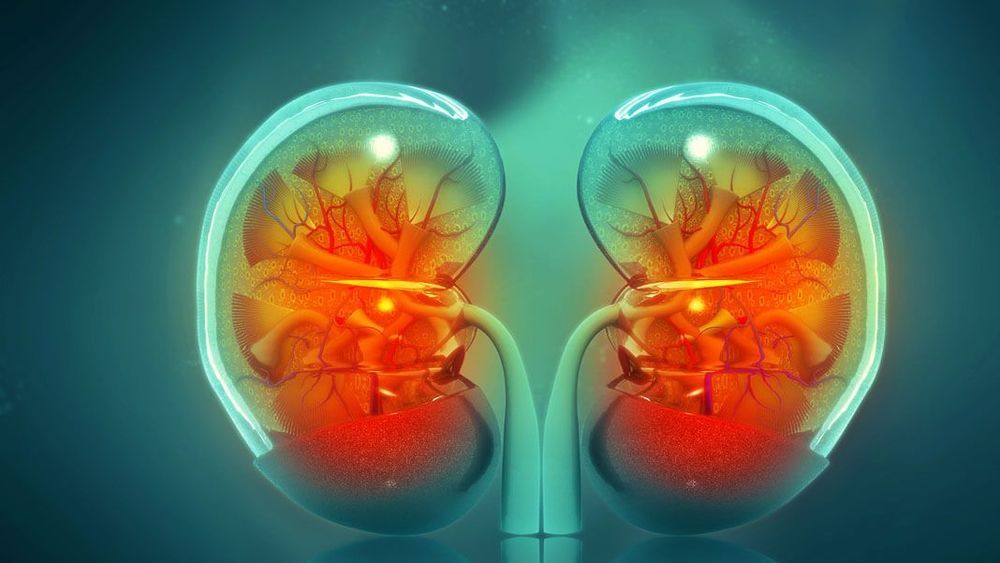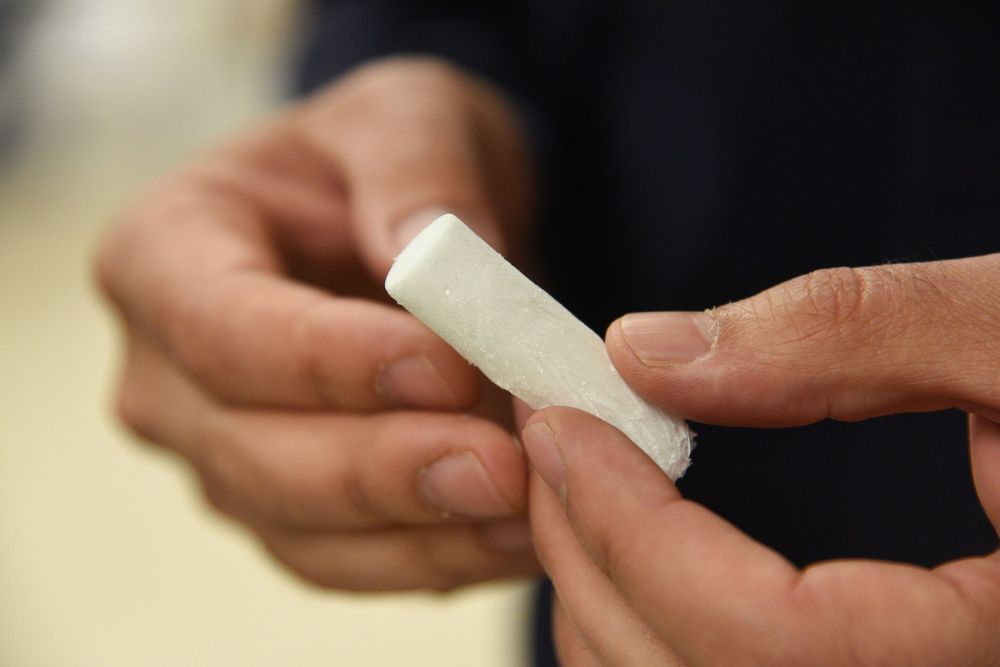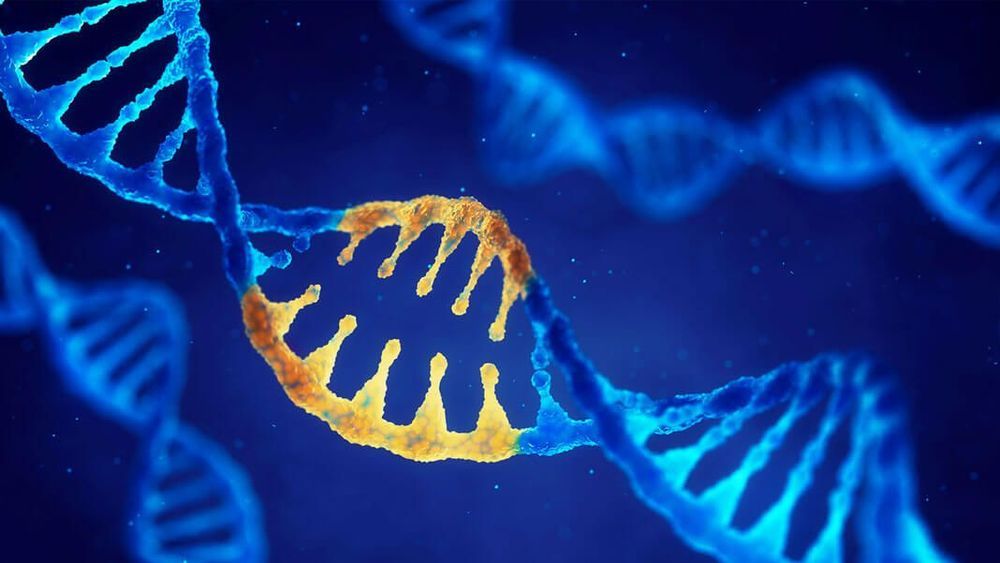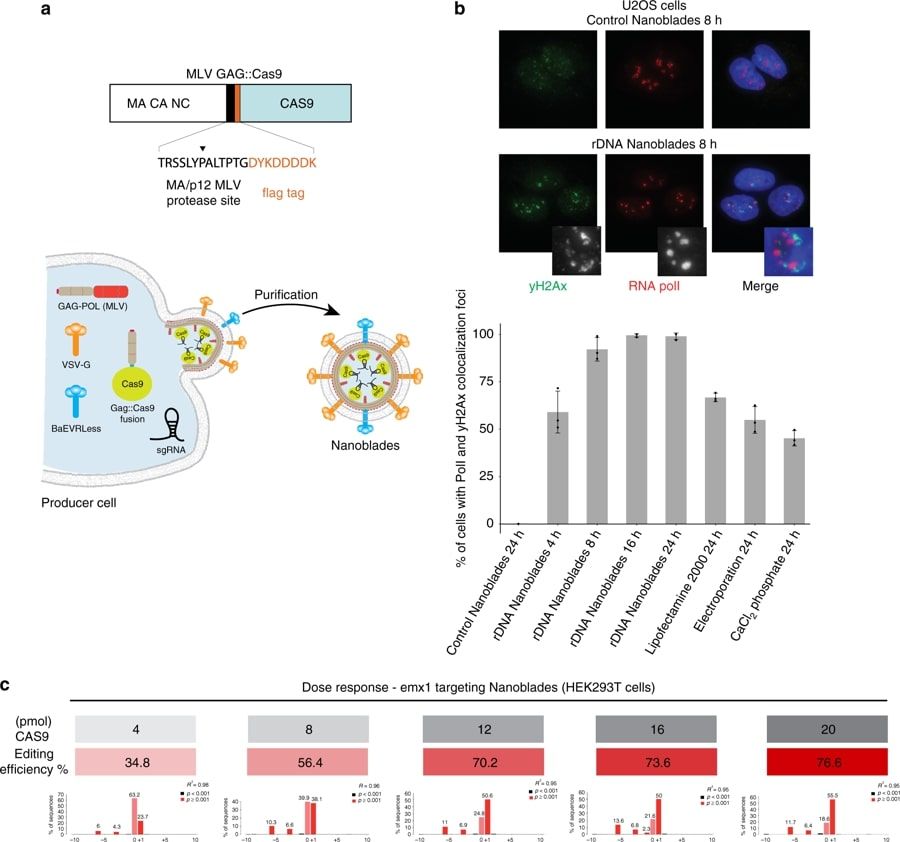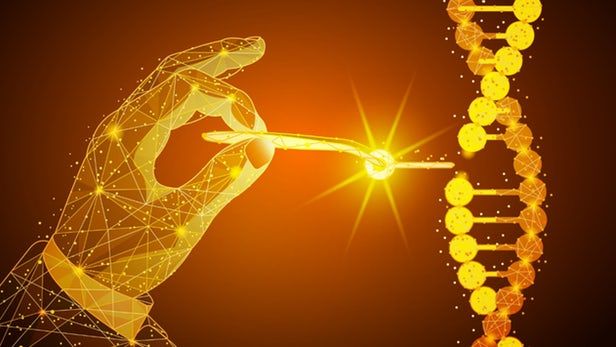Australia has approved the use of CRISPR gene editing tool on plants and animals without the oversight of a governmental body. The controversial move has been called a ‘middle ground’ compared to regulations on other countries.
Category: bioengineering – Page 159
We’re tantalizingly close to growing organs in the lab, but the biggest remaining challenge has been creating the fine networks of blood vessels required to keep them alive. Now researchers have shown that a common food dye could solve the problem.
In the US there are currently more than 100,000 people on organ transplant waiting lists. Even if you’re lucky enough to receive a replacement, you face a lifetime on immunosuppressant drugs. That’s why scientists have long dreamed of growing new organs from patients’ own cells, which could simultaneously tackle the shortage and the risk of organ rejection.
The field of tissue engineering has seen plenty of progress. Lab-grown skin has been medically available for decades, and more recently stem cells have been used to seed scaffolds—either built form synthetic materials or made by stripping cells from natural support structures—to reproduce more complex biological tissue.
Washington State University researchers have developed an environmentally-friendly, plant-based material that for the first time works better than Styrofoam for insulation.
The foam is mostly made from nanocrystals of cellulose, the most abundant plant material on earth. The researchers also developed an environmentally friendly and simple manufacturing process to make the foam, using water as a solvent instead of other harmful solvents.
The work, led by Amir Ameli, assistant professor in the School of Mechanical and Materials Engineering, and Xiao Zhang, associate professor in the Gene and Linda School of Chemical Engineering and Bioengineering, is published in the journal Carbohydrate Polymers.
In an article last May, we covered how Rejuvenate Bio, a startup biotech company led by Professor George Church, was planning to reverse aging in dogs as a step towards bringing these therapies to us. Those plans are now starting to move forward with news of a trial launch in the fall later this year.
Developing anti-aging therapies in dogs is the first step
Back in 2015, the Church lab at Harvard began testing a variety of therapies focused on age reversal using CRISPR, a gene editing system that was much easier and faster to use than older techniques. Since then, Professor Church and his lab have conducted a myriad of experiments and gathered lots of data with which to plan future strategies for tackling aging.
Here, doctors extract a patient’s own T cells, a type of white blood cell that normally acts as the body’s watcher against cancer and infection. Cancer cells eventually learn to evade T cells or disarm the troops—while turning their own surrounding normal cells into cancerous ones, thus expanding their tumor legion.
CAR-T uses gene therapy to recharge those beaten-down T cells. The UPenn study, for example, relies on a neutered HIV-like virus to deliver an artificial “tracker” protein into those cells. These designer trackers expertly hunt down a protein dubbed NY-ESO-1, which dot certain cancer cells’ surface like a homing beacon.
CRISPR amplifies the CAR-T effect: the team is using the gene editing tool to erase three different “brakes” in T cells. Killing off the first two, TCR α and TCR β, keeps the edited cells in check to prevent friendly autoimmune fire, and allows the added “tracker proteins” to thrive in large numbers. Wiping out the third, PD-1, prevents a phenomenon called T cell exhaustion. It’s aptly named: here, tumor cells secrete molecules that literally shut down T cell activity, zapping away their killing power.
Targeted genome editing tools, such as meganucleases (MGN), zinc-finger nucleases (ZFN), transcription activator-like effector nucleases (TALENs) and more recently the clustered regularly interspaced short palindromic repeats (CRISPR) have revolutionized most biomedical research fields. Such tools allow to precisely edit the genome of eukaryotic cells by inducing double-stranded DNA (dsDNA) breaks at specific loci. Relying on the cell endogenous repair pathways, dsDNA breaks can then be repaired by non-homologous end-joining (NHEJ) or homology-directed repair (HDR) allowing the removal or insertion of new genetic information at a desired locus.
Among the above-mentioned tools, CRISPR-Cas9 is currently the most simple and versatile method for genome engineering. Indeed, in the two-component system, the bacterial-derived nuclease Cas9 (for CRISPR-associated protein 9) associates with a single-guide RNA (sgRNA) to target a complementary DNA sequence and induce a dsDNA break. Therefore, by the simple modification of the sgRNA sequence, users can specify the genomic locus to be targeted. Consistent with the great promises of CRISPR-Cas9 for genome engineering and gene therapy, considerable efforts have been made in developing efficient tools to deliver the Cas9 and the sgRNA into target cells ex vivo either by transfection of plasmids coding for the nucleases, transduction with viral-derived vectors coding for the nucleases or by direct injection or electroporation of Cas9-sgRNA complexes into cells.
Researchers have designed Nanoblades, a protein-delivery vector based on friend murine leukemia virus (MLV) that allows the transfer of Cas9-sgRNA ribonucleoproteins (RNPs) to cell lines and primary cells in vitro and in vivo. Nanoblades deliver the ribonucleoprotein cargo in a transient and rapid manner without delivering a transgene and can mediate knock-in in cell lines when complexed with a repair template. Nanoblades can also be programmed with modified Cas9 proteins to mediate transient transcriptional activation of targeted genes.
Even in this “age of the genome,” much about genes remains shrouded in mystery. This is especially true for “cryptic mutations”—mutated genes that are hidden, and have unexpected effects on traits that are only revealed when combined with other mutations. Learning from one infamous cryptic mutation in particular, researchers from CSHL share important lessons for breeding or gene editing in crops.
This story starts with the Campbell Soup Company and a field of tomatoes in the mid 20th century. One particular tomato plant had an unexpected beneficial trait: the fruits separated from the vine right where the green cap and stem touch the rest of the fruit. It turned out that this spontaneous natural mutant was ideal for large-scale production.
Other tomato varieties would break away at a joint-like nub in their fruit stems, leaving the pointed green caps on the fruits. With stems still present, these capped tomatoes would get easily bruised in the machine-picking process or end up puncturing one another in transit. However, the lucky Campbell Soup mutant didn’t have these problems. It was jointless, and perfect for a growing, automated industry. Unsurprisingly, breeders called the gene mutation that drives this beneficial trait jointless-2 (j2).
As we dive into the brave new world of gene editing, CRISPR technologies are undoubtedly becoming increasingly precise, but alongside enhanced precision is also the necessity for developing ways to inhibit or block the process – an anti-CRISPR molecule, if you will. New work from the Broad Institute and Brigham and Women’s Hospital has presented a study that homes in on small molecules that may have the ability to safely block the CRISPR gene editing process.

